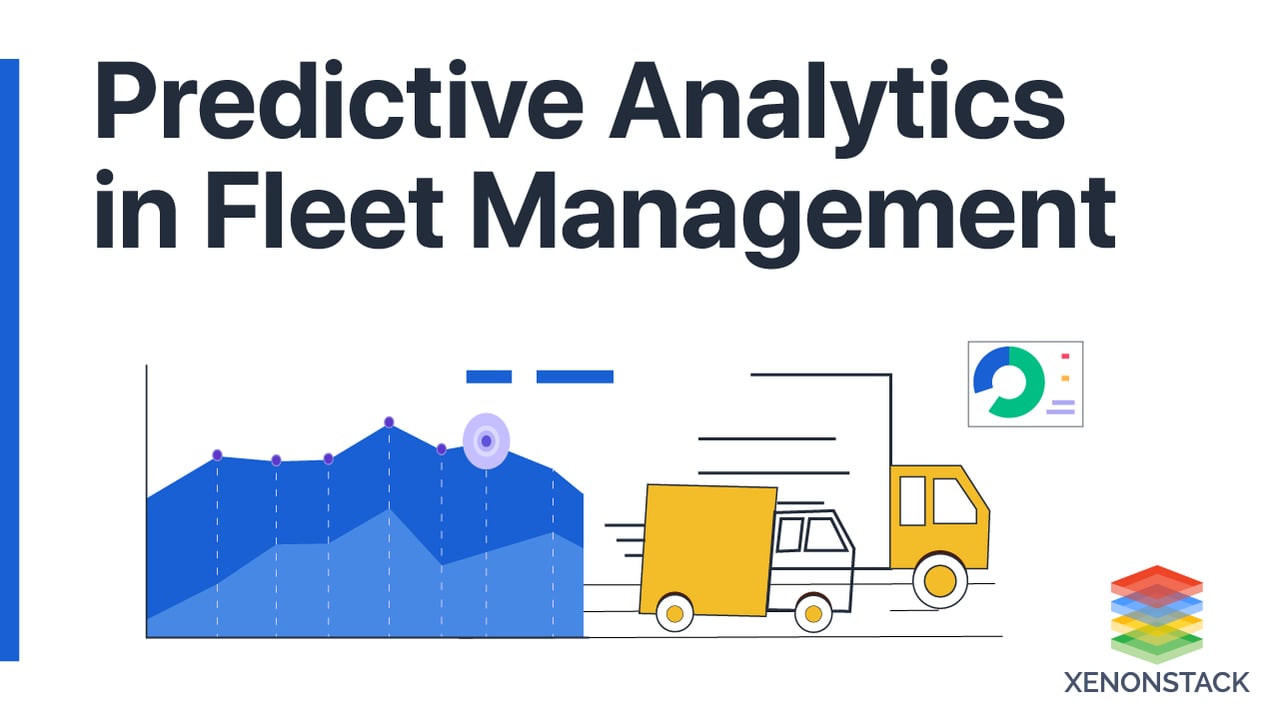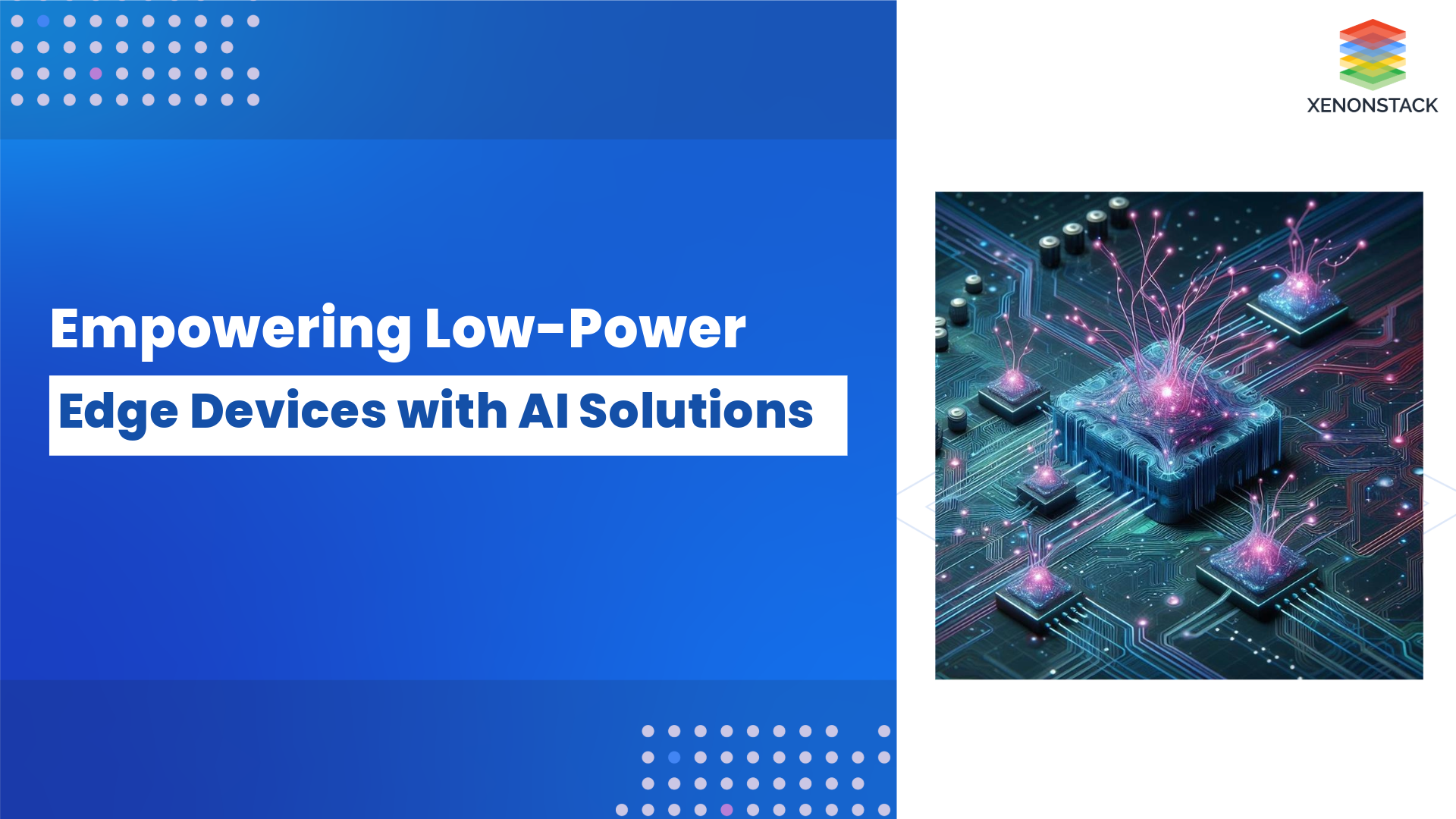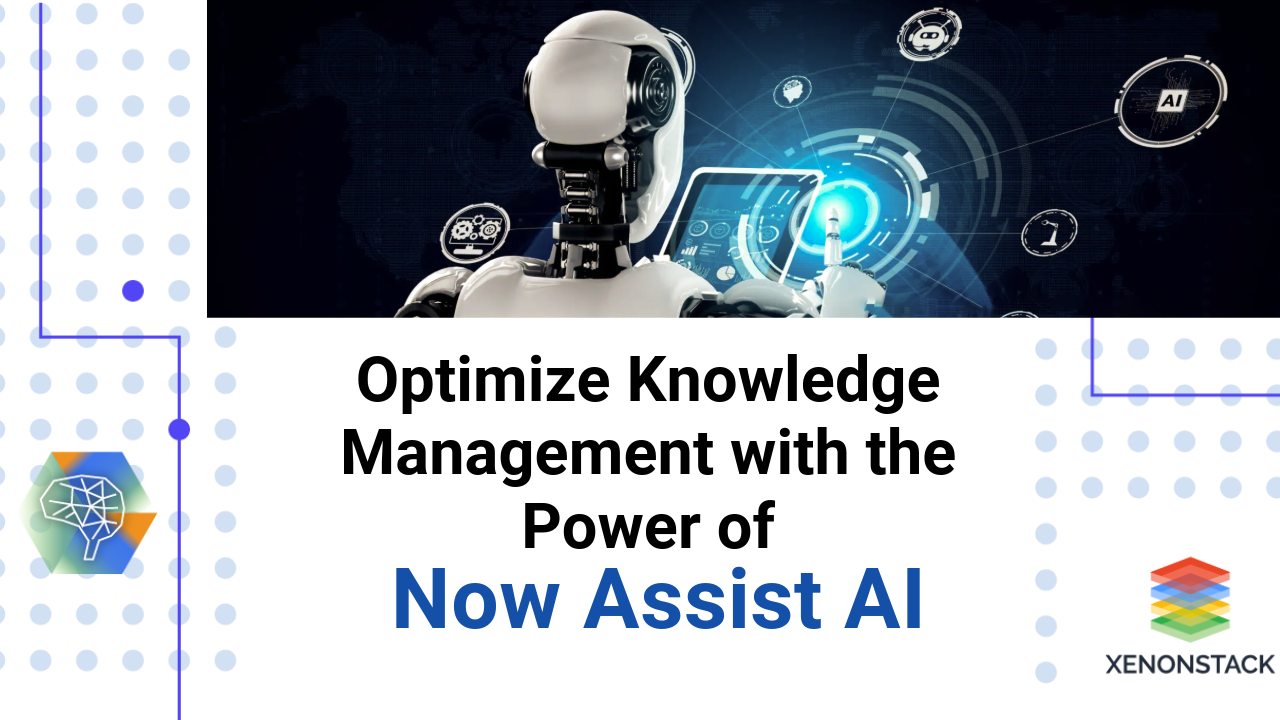
Introduction
Adaptability to changing trends is necessary for creating a resilient path to post-pandemic recovery. To optimise internal operational procedures, ensure regulatory compliance, and lower maintenance costs for transportation, many logistics leaders employ predictive analytics to drive supply chain decisions. In the modern landscape of fleet management, the convergence of technology and data-driven insights has revolutionized the way businesses optimize their operations. Before going to fleet telematics lets first understand what is telematics. A telematics system collects and stores a wide range of information about an individual vehicle or an entire fleet. Telematics systems collect information on vehicle location, driver behaviour, engine diagnostics, and vehicle activity. Then this information is displayed on software platforms to assist fleet managers in resource management.
Fleet telematics, a vital component of this transformation, involves the collection and analysis of vehicle data to enhance efficiency and safety. However, the next phase of evolution lies in predictive analytics, which empowers fleet managers to anticipate maintenance needs, optimize routes, and make strategic decisions. This is where AWS IoT FleetWise steps in – a pioneering solution that
leverages AWS's capabilities to seamlessly transition fleet telematics into a realm of predictive analytics. In this exploration, we delve into the synergy of fleet telematics, the significance of predictive analytics, and how AWS IoT Fleet Wise catalyzes this transformation for enhanced fleet management.
Understanding Fleet Telematics
Fleet telematics is like a smart system for managing vehicles. It uses special devices and software to collect and understand data from vehicles. This data collection encompasses vital metrics such as location, speed, fuel consumption, and maintenance data. The utility of fleet telematics extends beyond the mere tracking of vehicles; it empowers businesses with valuable insights to optimize routes, enhance fuel efficiency, and ensure proactive maintenance. This technology has found its way into diverse sectors including logistics, delivery services, and public transportation, driving operational efficiencies and cost savings.
Predictive Analytics in Fleet Management
Predictive analytics is a game-changer in fleet management. Imagine having the power to predict when a vehicle might need repairs even before it breaks down. That's what predictive analytics does. By analyzing data from vehicles and using smart algorithms, fleet managers can anticipate maintenance needs. This prevents unexpected breakdowns, saves time, and keeps the fleet running smoothly. Moreover, it helps managers make better decisions about vehicle assignments, driver schedules, and more.
Benefits of Predictive Maintenance in Reducing Downtime
Predictive maintenance is a part of predictive analytics that focuses on keeping vehicles in good shape. By detecting issues early, fleet managers can fix problems before they become major. This reduces downtime significantly. Vehicles spend more time on the road and less in the repair shop. This not only improves operational efficiency but also saves money on costly emergency repairs.
Enhancing Route Planning and Fuel Efficiency
Predictive analytics also plays a role in route planning. It considers various factors like traffic patterns, weather conditions, and historical data to suggest the best routes for drivers. This minimizes time spent in traffic, reduces fuel consumption, and improves overall efficiency. Fleet managers can optimize routes for multiple vehicles simultaneously, making the entire fleet more productive.
In essence, predictive analytics transforms fleet management by making it smarter and more proactive. It empowers managers to make informed decisions, prevents unplanned downtimes, and ensures vehicles operate at their best while using resources efficiently.
Challenges and Considerations
- Data Security and Privacy Concerns: Implementing predictive analytics and data-driven solutions in fleet management introduces concerns about data security and privacy. Storing and transmitting vehicle data require robust encryption and access controls to prevent unauthorized access or data breaches. Adhering to data protection regulations, like GDPR, is crucial to ensure customer and driver privacy.
- Integration with Existing Fleet Management Systems: Integrating new solutions like AWS IoT FleetWise with existing fleet management systems can be challenging. Ensuring seamless communication between different systems, avoiding data silos, and maintaining data consistency across platforms require careful planning and integration efforts.
- Overcoming Implementation Challenges: Deploying predictive analytics tools may face hurdles, including technical complexities, resource allocation, and workforce training. Achieving accurate data collection, processing, and interpretation demands a skilled team and proper training to utilize the solution effectively.
AWS IoT FleetWise
AWS IoT FleetWise is like a wizard for fleet management, powered by Amazon Web Services (AWS). It's a special tool that uses technology to make fleets even better. FleetWise takes data from vehicles and turns it into valuable insights. This helps fleet managers make smarter decisions, like knowing when vehicles need maintenance or which routes are best. It's like having a smart helper for managing fleets.
Key Features and Capabilities
Utilising AWS IoT FleetWise, you can gather and arrange vehicle data before standardising it for cloud-based data analysis.
With the aid of intelligent data collection capabilities, AWS IoT FleetWise enables quick data transfers to the cloud. These features enable you to limit the amount of data transmitted by setting limits on when data can be collected and transmitted based on configured parameters (e.g. vehicle temperature, speed or make and model).
You can employ tools that analyse the condition of your car fleet once the data is in the cloud. This analysis can aid in the quicker detection of potential maintenance issues or the improvement of in-car infotainment systems. The information can also be used to develop cutting-edge technologies like autonomous driving and advanced driver assistance systems (ADAS) by feeding it into Machine Learning (ML) models.
Rules-based data collection
AWS IoT FleetWise smartly transfers specific vehicle data to the cloud based on rules you set. By defining vehicle attributes and associated sensors, you minimize unnecessary data transfer, ensuring valuable insights from relevant data.
Vehicle modeling
AWS IoT FleetWise creates virtual vehicle representations using a standardized data format. With Vehicle Signal Specification (VSS), signals like speed are consistently labeled. Uploading a vehicle network file lets FleetWise read proprietary data signals, enhancing data understanding.
Edge Agent
Develop an Edge Agent for AWS IoT FleetWise to connect vehicles with the cloud. Use the Edge Agent Reference Implementation on embedded Linux platforms. Install it on the vehicle's data collection hubs. The Edge Agent receives data collection instructions from FleetWise, ensuring data ownership and control.
Cloud-based configuration deployment
AWS IoT FleetWise lets you send data collection plans to vehicles from the cloud and update them anytime. Adjust schemes like tire pressure monitoring from 30 to 60 seconds as needed.
Integration with Fleet Telematics Systems
FleetWise is a friend to existing fleet telematics systems. It can work with the devices and software that are already collecting data from vehicles. FleetWise takes this data and makes it even more useful. It's like a translator that turns vehicle data into insights that fleet managers can use. With FleetWise, fleets become smarter, more efficient, and ready for whatever the road brings.
In a nutshell, AWS IoT FleetWise is a superhero tool that transforms fleet management into a smarter and more efficient process, all thanks to the magic of technology and data.
Predictive Analytics with AWS IoT FleetWise
The application of Predictive Analytics with AWS IoT FleetWise holds immense potential for transforming various aspects of fleet management. One key area is the development of predictive maintenance models. By analyzing data from connected vehicles, these models can forecast maintenance needs, reducing downtime and costs. Moreover, this technology enables the prediction of fuel consumption patterns, allowing for efficient route planning and optimization.
This not only minimizes fuel costs but also reduces the fleet's carbon footprint, aligning with sustainability goals.
To transform fleet telematics into predictive analytics with AWS IoT FleetWise, you will need to follow these steps
- Collect Telematics Data: Start by collecting telematics data from your fleet, including vehicle location, speed, fuel consumption, and maintenance records. This data can be collected using IoT devices or by integrating with existing telematics solutions.
- Preprocess and Ingest Data: Once you have collected the telematics data, you need to preprocess it and prepare it for analysis. This may involve cleaning the data, augmenting it with additional context, and converting it into a suitable format. You can then ingest this data into AWS IoT Core, which provides secure and scalable ingestion of IoT data.
- Analyze and Model Data: With the telematics data in AWS IoT Core, you can use AWS services like AWS IoT Analytics or Amazon Kinesis to perform real-time analysis on the data. These services can help you identify patterns, correlations, and anomalies in the data. You can also use machine learning services like Amazon Sage Maker to build predictive models based on historical telematics data.
- Implement Predictive Analytics: Once you have built the predictive models, you can deploy them using AWS Lambda or other compute services. These models can help you predict equipment failures, reduce fuel consumption, optimize routes, and enhance maintenance schedules. schedules.
- Visualize and Monitor Insights: To visualize and monitor the insights derived from the predictive analytics models, you can use services like AWS IoT Analytics, Amazon QuickSight, or Amazon Cloud Watch. These services allow you to create dashboards, charts, and alerts that provide real-time visibility into the performance and health of your fleet.
By following these steps, you can transform your fleet telematics data into predictive analytics using AWS IoT FleetWise. This will allow you to make informed decisions based on data, enhance operational effectiveness, and reduce expenses in your business. fleet management activities.
AWS Machine Learning Services
AWS provides a variety of machine learning solutions that allow businesses to harness the power of AI to process data, gain insights, and create predictions.These services provide scalable and cost-effective solutions for businesses of all sizes. Here are some key AWS machine learning services:
- Amazon Sage Maker: To build, train, and deploy machine learning models at scale developers and data scientists can leverage the power of Amazon SageMaker which is a fully managed service. It provides a complete set of tools from data generation to model deployment, machine learning is at every stage of the workflow.
- AWS Deep Racer: AWS Deep Racer is a service that combines reinforcement learning, 3D racing simulators, and a global racing league to help developers learn and build reinforcement learning models. It allows developers to train their models using virtual tracks and then compete in autonomous racing events.
- Amazon Rekognition: Amazon Rekognition is a deep learning-based service that provides powerful image and video analysis. It can automatically detect, analyze, and recognize objects, scenes, and faces in images and videos. This service is commonly used for applications such as facial recognition, sentiment analysis, and content moderation.
- Amazon Comprehend: Amazon Comprehend is a natural language processing service that makes it easy to understand and analyze text. It can extract key phrases, identify sentiments, detect languages, and perform topic modeling, making it valuable for applications like social media analysis, customer support, and market research.
Integrating Amazon SageMaker for Custom Model Development
Amazon SageMaker is an easy-to-use suite of tools and services for building, training, and deploying custom machine learning models on AWS infrastructure. Developers and data scientists can use Amazon SageMaker to build and train models using a variety of popular machine learning frameworks, including TensorFlow and PyTorch, as well as Apache MX Net.
By leveraging Amazon SageMaker, businesses can take advantage of the scalability, security, and cost-effectiveness of AWS infrastructure to develop and deploy custom machine learning models.
The service provides pre-built algorithms and optimized environments for machine learning, simplifying the development process.
Enhancing Predictive Analytics with AWS Lambda and AWS Step Functions
AWS Lambda and AWS Step Functions can be used in conjunction with other AWS machine learning services to enhance predictive analytics capabilities.
AWS Lambda is a cloud-based serverless computing service. This means that you don't need to provision or manage any servers to run code.It can be used to process data, make predictions using machine learning models, and trigger actions based on the results. With AWS Lambda, you can build real-time predictive analytics applications that respond to events and provide immediate insights.
AWS Step Functions
AWS Step Functions is a serverless workflow orchestration service that helps you coordinate and automate multiple AWS services. It allows you to build complex, multi-step workflows that include data processing, model training, and inference steps. By integrating AWS Step Functions with machine learning services like Amazon SageMaker, you can create end-to-end predictive analytics pipelines that automate the entire process from data ingestion to model deployment.
By using AWS Lambda and AWS Step Functions, businesses can enhance their predictive analytics capabilities by leveraging the scalability, reliability, and serverless nature of these services. This enables organizations to automate and streamline their machine learning workflows for improved efficiency and accuracy.
Visualizing Insights and Reporting
Apart from leveraging machine learning services to gain insights and make predictions, businesses also need to be able to visualize these insights in a way that is easy to understand. This requires effective reporting and data visualization tools which can provide actionable insights from complex data. Here are some AWS services that help visualize insights and reporting.
Creating Dashboards with Amazon QuickSight
Amazon QuickSight is a cloud-powered business intelligence service that allows users to create interactive dashboards and visualizations easily. QuickSight works with data sets hosted on AWS or uploaded from other sources. It is specifically designed for cloud users and is fully integrated with AWS data services. With Amazon QuickSight, businesses can analyze data and share insights with stakeholders across the organization.
Amazon QuickSight has a rich set of data visualization tools that enable users to create dashboards, customized charts and graphs, and perform ad hoc analysis on data. Users can connect to various data sources, such as AWS services, on-premise databases, and Salesforce, to access data easily. QuickSight also offers machine learning-powered insights, that can automatically identify trends and patterns in data, giving users actionable insights.
Real-time Monitoring of Fleet Performance
AWS IoT fleet management offers a suite of services that enables businesses to monitor and manage their device fleets easily. With these services, businesses can track the performance of their devices and get real-time insights on fleet operations. The fleet management services provide insights that are useful for optimizing performance, reducing downtime, and improving safety. With real-time monitoring of fleet performance, users can visualize the location, status, and performance of their devices on dashboards. These dashboards provide an intuitive, easy-to-use interface and allow users to analyze trends and make data-driven decisions.
Custom Reports and Analysis
Apart from using pre-built dashboards and templates, businesses can also customize their reports and analysis to meet their specific needs. AWS provides various tools, such as AWS Glue and Amazon Athena, that allow users to extract, transform, and load data from various sources. Using these tools users can create custom reports based on their data requirements. AWS provides a wide range of visualization tools that offer flexibility and ease of use for users. For example, Amazon S3 can be used to store data and retrieve it as needed, while Amazon Cloud Watch provides monitoring and metrics for services across AWS. Users can use services like AWS Lambda to run custom code to process data and generate insights.
Conclusion
The fusion of fleet telematics with predictive analytics presents a paradigm shift in the way fleets are managed. This transformation moves beyond reactive strategies to proactive approaches, preventing breakdowns, optimizing routes, and ensuring operational efficiency. In the age of data, leveraging solutions like AWS IoT FleetWise is pivotal. It equips businesses with tools to not only manage their fleets efficiently but also make data-driven decisions that enhance competitiveness and customer satisfaction.
Predictive analytics, backed by AWS IoT FleetWise, empowers fleet managers to navigate the roads of the future with precision, ensuring smoother operations, reduced downtime, and ultimately, a better bottom line. Embracing this technological leap is an investment in the future of fleet management and an imperative for staying ahead in the dynamic landscape of transportation.
- Explore Real Time Analytics and Solutions.
- Know about Real-time Streaming Data Visualization.
- Importance of Predictive Analytics For Food Safety And Its Solution.


